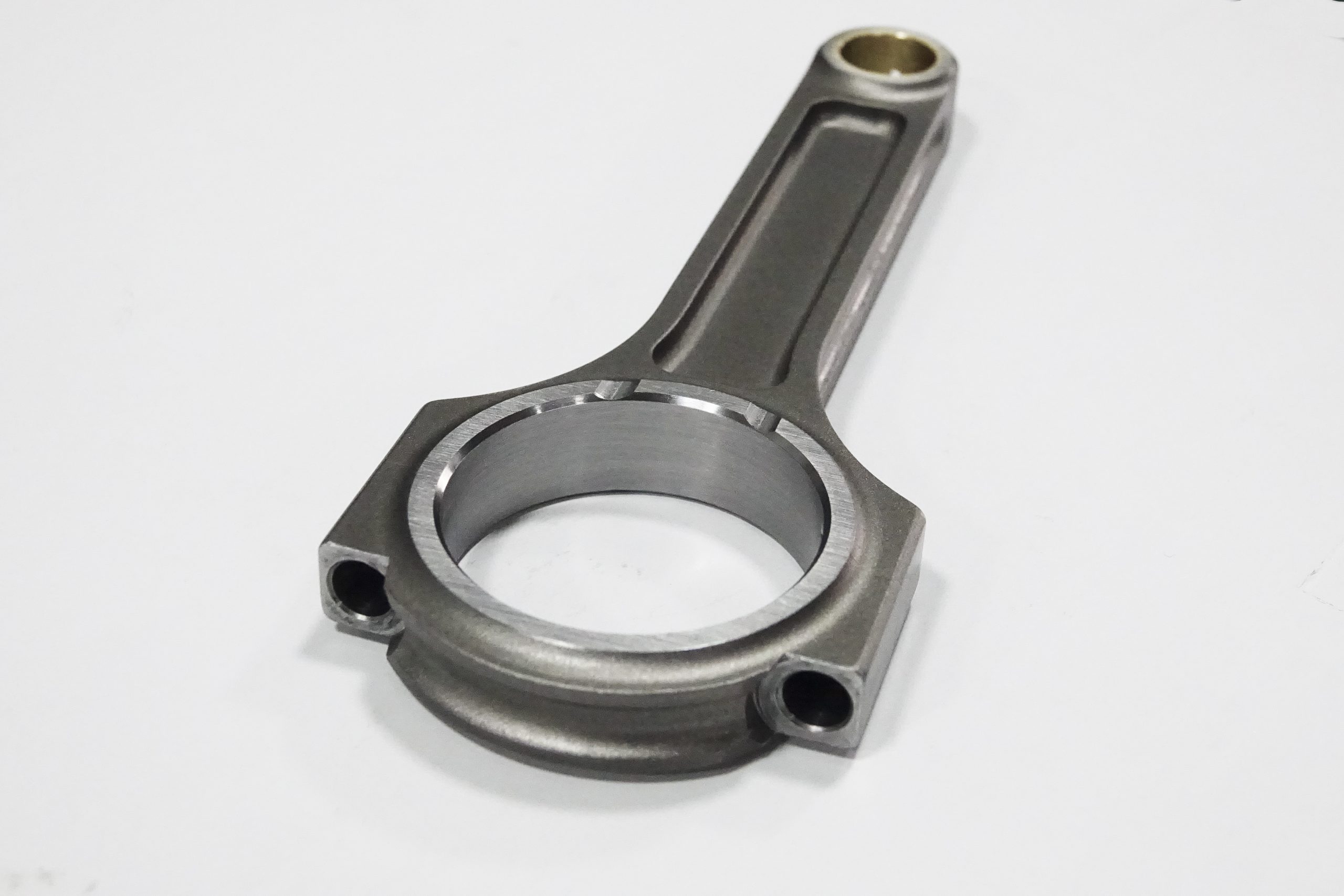The crankshaft connecting rod is an essential component in any internal combustion engine, responsible for converting the reciprocating motion of the pistons into the rotational motion needed to power the vehicle. A well-designed and manufactured connecting rod is critical to ensure optimum engine performance, reliability, and efficiency.
Connecting rods are typically made from a variety of materials, each offering unique benefits and drawbacks. Some of the most common materials used in connecting rod construction include steel, aluminum, and titanium. The choice of material often depends on the desired balance between strength, weight, and cost.
Forged steel connecting rods are known for their exceptional strength and durability. This material is often used in high-performance engines that demand increased resistance to stress and wear. The primary drawback of forged steel is its weight, which can negatively impact engine response and acceleration.
Aluminum connecting rods offer a lightweight alternative to steel rods. These rods can provide a significant reduction in weight, leading to improved engine responsiveness and acceleration. Additionally, aluminum has the added benefit of better heat dissipation, reducing the risk of overheating in high-performance applications.
Titanium connecting rods represent the high-end choice for those seeking the ultimate balance of strength and weight savings. Titanium rods boast an excellent strength-to-weight ratio, offering the durability and performance of steel while maintaining the weight savings of aluminum. However, the high cost of titanium makes it less common in all but the most extreme performance applications.
The design of the connecting rod can also significantly impact engine performance. Factors such as rod length, shape, and overall geometry must be carefully considered to optimize the balance between performance, reliability, and efficiency. Engineers often employ advanced computer simulations to refine connecting rod designs, ensuring optimal performance under a variety of operating conditions.
Connecting rod manufacturing techniques have also evolved over time, with modern processes such as powder metallurgy and 3D printing offering new possibilities for improved strength and weight savings. These cutting-edge technologies promise to usher in a new era of engine performance and efficiency.
In conclusion, the crankshaft connecting rod is a critical component in any internal combustion engine. The careful selection of materials, design, and manufacturing techniques all play a crucial role in delivering the optimum balance of performance, reliability, and efficiency that today’s engines demand.
